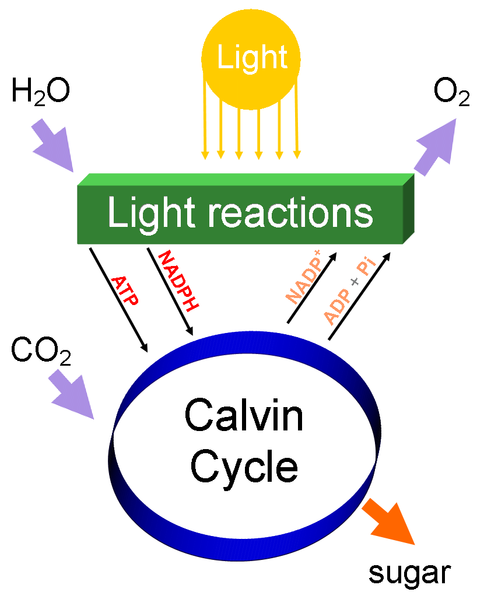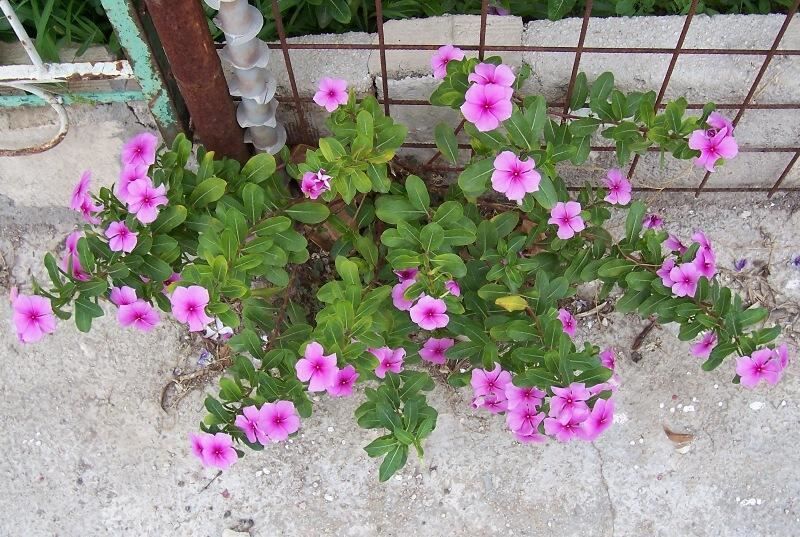The pretty pink flower that has the power to heal!

LET'S
PHOTOSYNTHESIZE!
-NUTRITION-
The process of photosynthesis is helping to keep both you and I alive! The Periwinkle of Madagascar, is an autotrophic feeder, meaning that it acquires nutrients on its own. Plants contain special structures that allow for photosynthesis to occur. Plants have a cellular wall that is made-up of cellulose, which also gives plants their structure. The leaves of the plant contain chloroplasts which are used to capture the light energy from the sun.
Photosynthesis is a
process that plants use to absorb energy from the sun which in turn
allows them to produce energy in the form of sugar. The process of
photosynthesis requires carbon dioxide, water and sunlight, which
produces, oxygen, water and glucose. Glucose is the most significant
product produced because it essentially is "food" for the plant.
To begin, the sun's rays will be absorbed by the Rosy Periwinkle's waxy
leaves that contain chloroplasts. The epidermis layer of the leaves also
contain tiny pore-like structures called stomata which aid in the
up-take of carbon dioxide and later release oxygen gas to the
environment. Water is obtained by the plant via the roots, and will
travel throughout the plant via xylem. Furthermore, photosynthesis
occurs in two stages the light and dark reactions. The light reactions
will convert sunlight into ATP and NADPH. These two chemical energies
are later used in the dark reactions to produce sugar which occurs under
the process called the Calvin Cycle.

As a primary producer, vascular, and medicinal plant, Catharanthus roseus is able to live in soils that are high in moisture and even slightly acidic, due to its hardiness. It can even be found living in between rocks! The roots will absorb nitrogen, phosphorus and potassium from the soil, all of which are a great source of nutrition. Once the nutrients are absorbed by the roots, xylem will move water and nutrients throughout the plant while the phloem provide the movement of food. The periwinkle will store their food as starch.
Next, see how the Rosy Periwinkle
REPRODUCES.
Return Home

